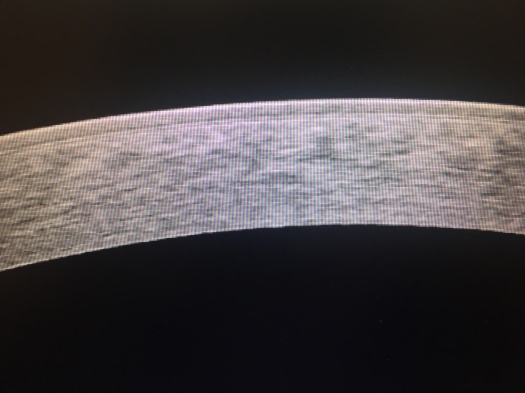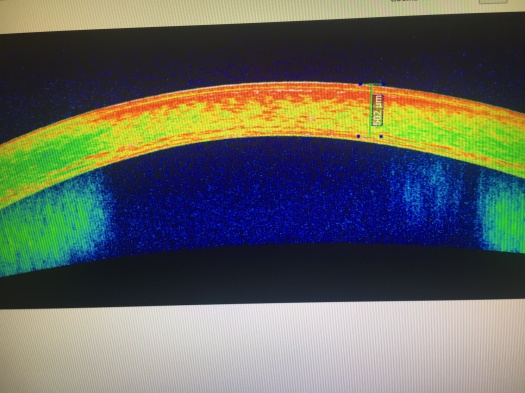We have been talking about the advantages of epithelium off cross linking. This from of cross linking has shown to work in numerous studies across the world.
But are all delivery methods the same? Certain machines hope the patient keeps looking at the UV light. Have you tried staring at something for 30 minutes. As a kid you may have played the stare off game. Its tough to do it especially in Los Angeles with the dry weather.
The solution in this fight against keratoconus is to involve a pupil tracker. In the above video you will see it in action. If the eye moves away from the light, the UV delivery and timer will stop. You can set how much movement you are willing to allow.
This increases the safety. One can definitely know that 30 minutes was delivered. It can avoid a situation where a fidgety patients moves and receives only 20 minutes of the radiation. Increasing safety also relaxes the patients. Most of the people requiring this intervention against Keratoconus eye disease are teenagers. Pupil tracking rocks.




